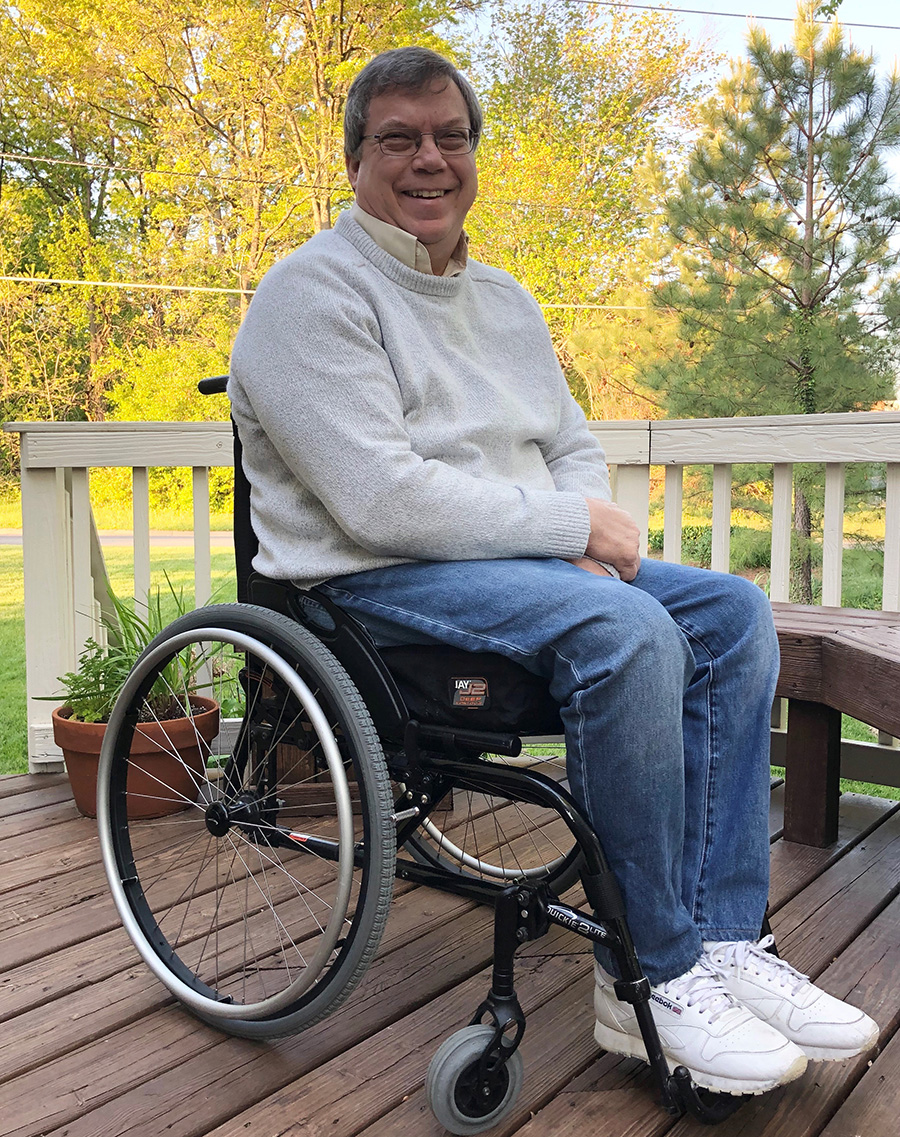David Capozzi
Executive Director, U.S. Access Board
 David Capozzi has been the executive director of the U.S. Access Board since 2008 and a staff member since 1992. “I can remember before the ADA was passed,” says the T7 para. “In the early ’80s, you would have to call movie theaters, restaurants, any place, to see if it was accessible. Now I assume it’s accessible.”
David Capozzi has been the executive director of the U.S. Access Board since 2008 and a staff member since 1992. “I can remember before the ADA was passed,” says the T7 para. “In the early ’80s, you would have to call movie theaters, restaurants, any place, to see if it was accessible. Now I assume it’s accessible.”
The ADA’s effect on public transportation, especially on buses, is one of the biggest successes of the ADA. In 1989, the year before the ADA was passed, 40% of fixed route buses were accessible. “Now, 100% of fixed-route buses are accessible, and generally they are low-floor buses with ramps, so there isn’t a cumbersome lift to break.” he says. “You don’t have to wait for every other bus to come along and hope the lift isn’t broken.”
In addition to transportation being improved, Capozzi says recreation opportunities have increased infinitely, thanks to the ADA. “Before the ADA, playgrounds were not accessible for adults or children with disabilities. In the 1990s, we wrote regulations, and now you see more poured-in-place rubber surfaces, and the equipment is more accessible than it was before,” he says. Also, now there are more beach access routes, beach chairs, and accessible stadiums and arenas. “Before the ADA, you were lucky to have a stadium where you could find a wheelchair accessible seat at all. Now, we address sightline over standing spectators, and accessible seating dispersed throughout the facility — because of the ADA.”
** This post was originally published on https://www.newmobility.com/2020/07/the-ada-enforcers/

